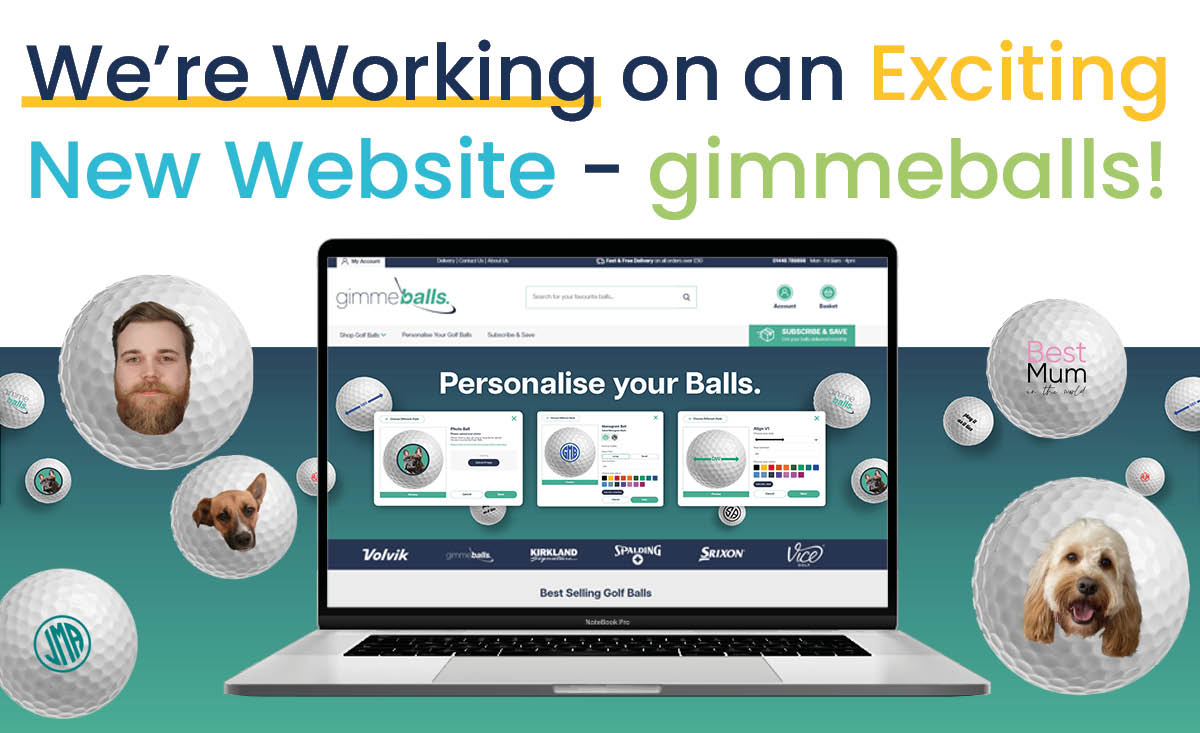
One of the best things about working at Designer Websites is collaborating with clients from a wide range of industries. We were recently approached by an exciting new company that specialises in professional golf balls - gimmeballs. More...
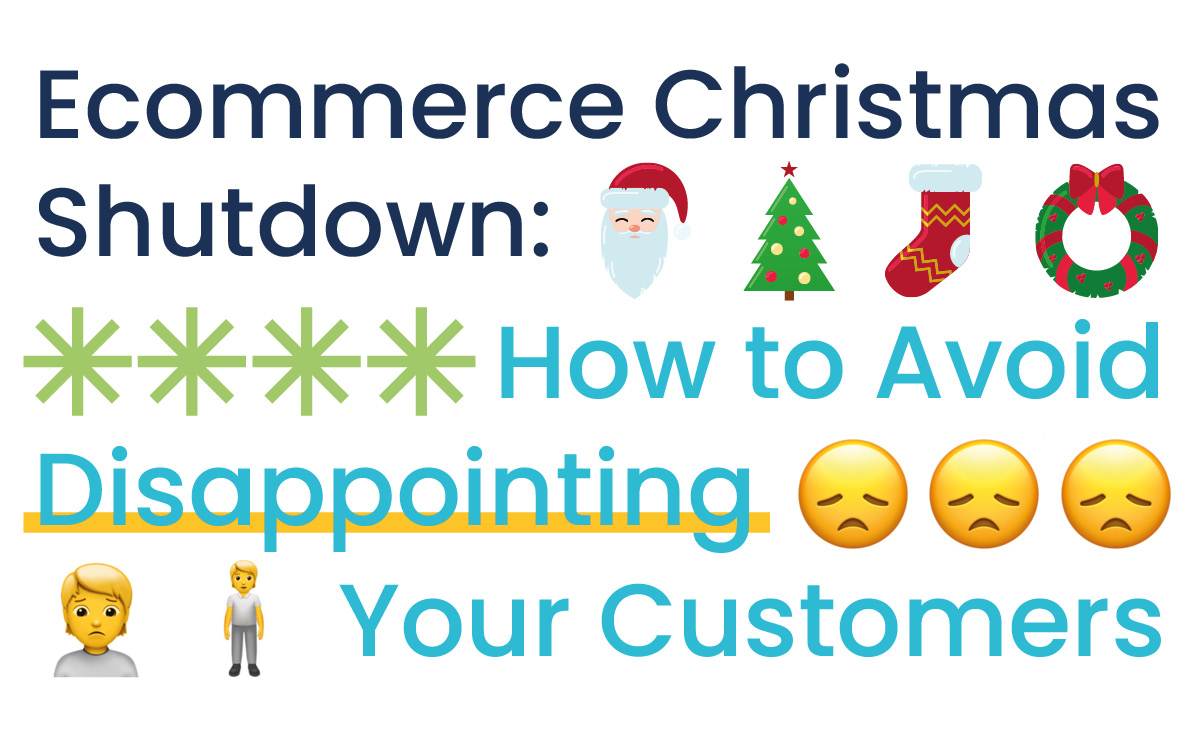
Christmas is almost here, and amongst the last-minute gift shopping, you might also be wondering what steps you should be taking to prepare your business for the Christmas shutdown.
When it comes to running an ecommerce site at Christmas, it’s so important to prepare ahead of time to make sure that you and your team are ready. You can do this by taking steps to ensure that your customers aren’t left feeling disappointed.
More...
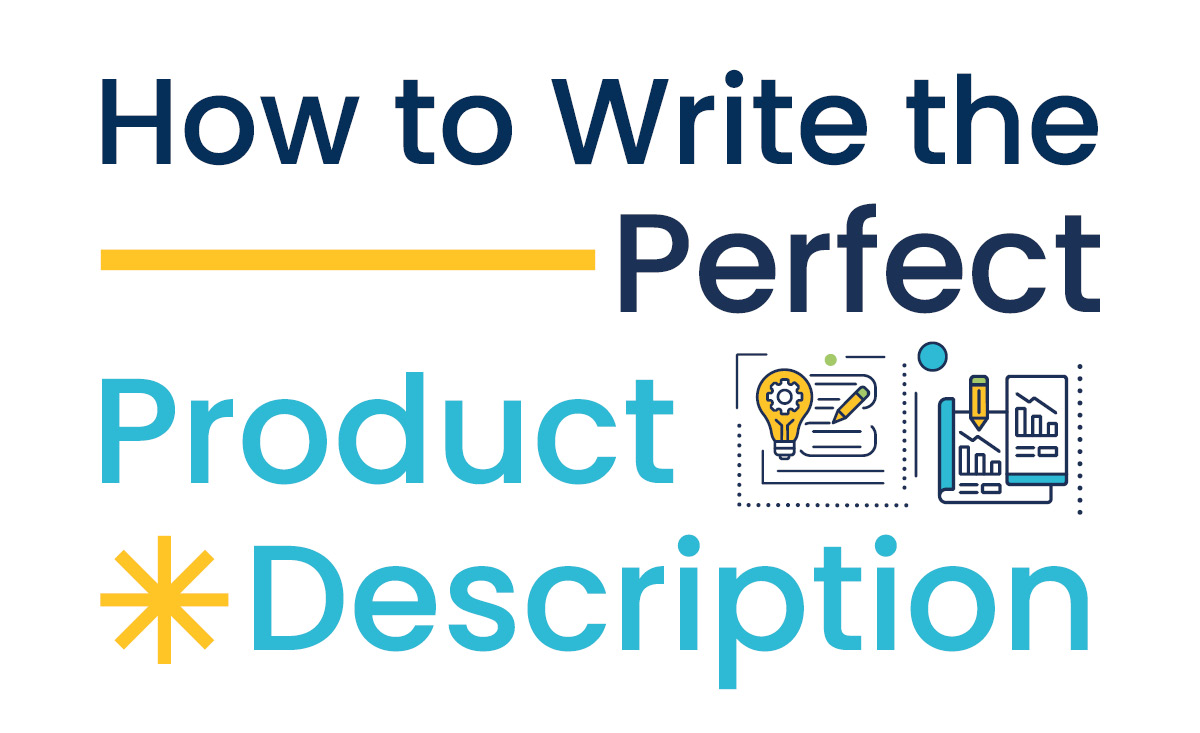
If you run an ecommerce business, it's important to display your products in the most effective way possible. There are many things you can do to optimise your product pages - especially when it comes to writing product descriptions.
Product descriptions are essential as they summarise what your business is offering and how your product can benefit a potential customer. Without further ado, let's take a look at how to write the perfect product description...
More...
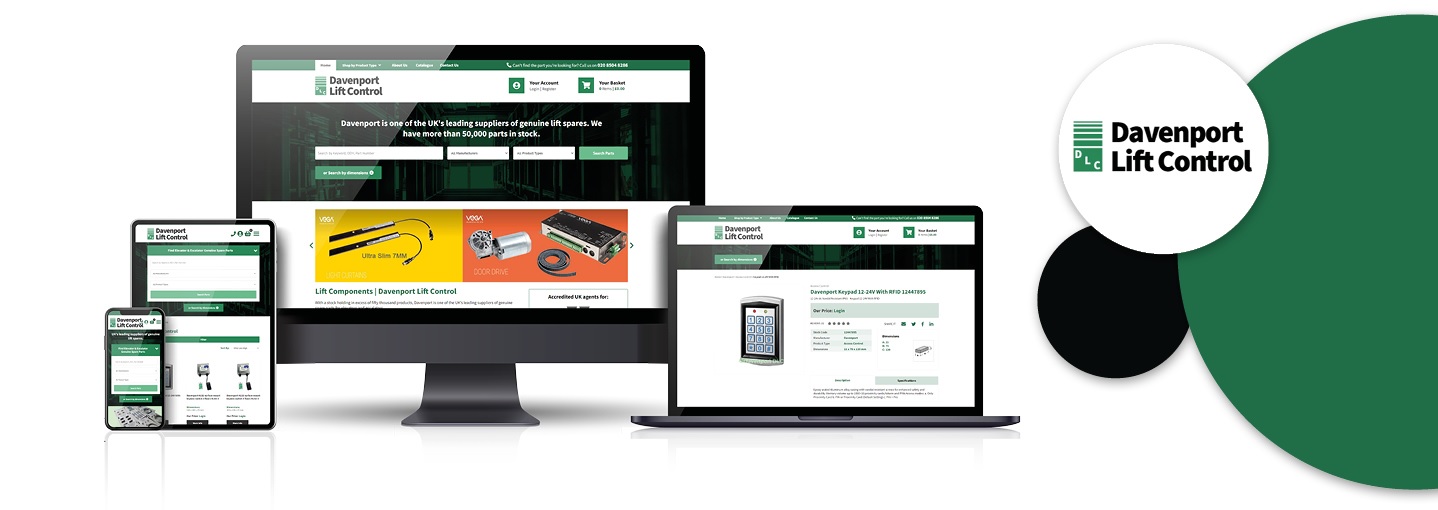
Davenport Lift Control are among the UK's leading suppliers of spare parts for lifts and escalators. With tens of thousands of components in stock - including genuine parts from Otis, TK and many other brands - Davenport is an indispensable partner to service personnel all over the UK.
More...
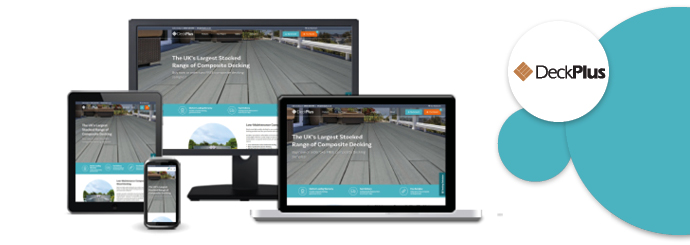
We recently upgraded and revamped two websites for Greensquares, one of our longest-standing clients. Founded in 2004, Greensquares is a family-owned business that specialises in creating low-maintenance outdoor living spaces. Over almost two decades, the business has steadily grown to encompass several popular brands, including DeckPlus composite decking and PrimaPorcelain paving.
More...